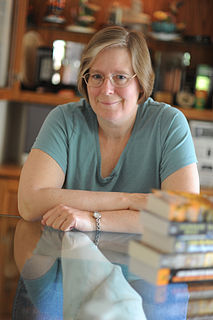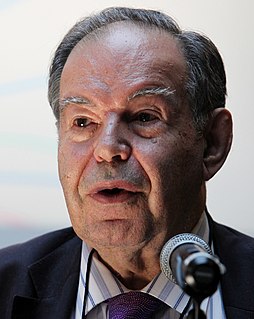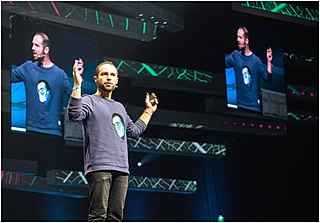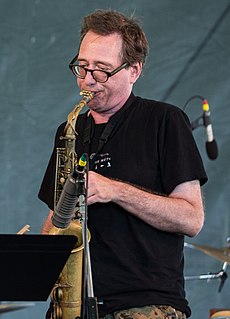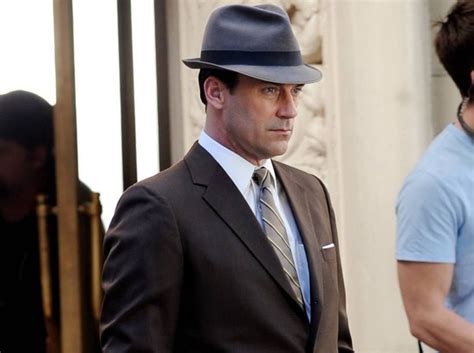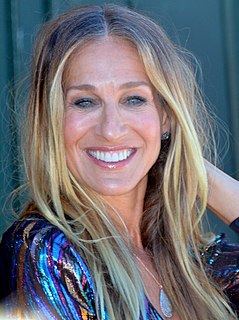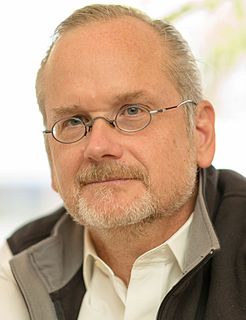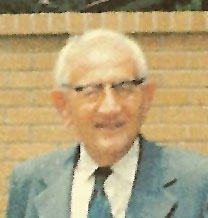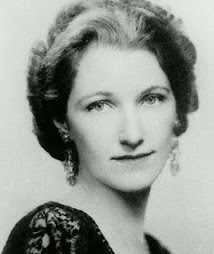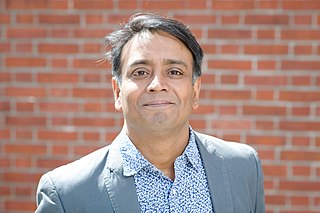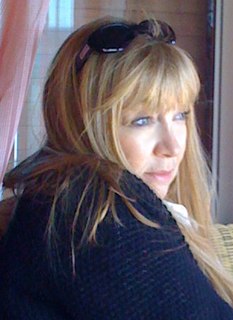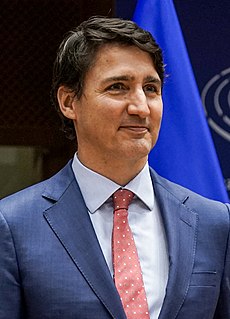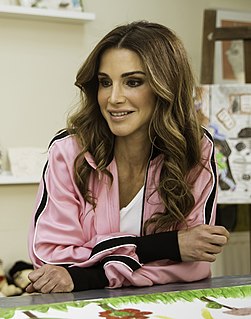A Quote by Lois McMaster Bujold
As the week wore on, Ivan contemplated the merits of inertia as a problem-solving technique with growing favor
Related Quotes
The first and foremost duty of the high school in teaching mathematics is to emphasize methodical work in problem solving...The teacher who wishes to serve equally all his students, future users and nonusers of mathematics, should teach problem solving so that it is about one-third mathematics and two-thirds common sense.
I am at my happiest when I'm problem solving and a large part of writing is for me a lovely labor in problem solving. Every act of discovery in writing involves a process of figuring out why I'm not seeing what I need to see. Niggling feelings, discomforts, a sense that you've forgotten or overlooked something, a sudden curiosity about what if here? - these are priceless. They are the bases of problems and lead the way.
I was taught to think outside the box. Before my grandfather was one of the original Mad Men, he and a group of other Air Force Intelligence officers formalized brainstorming as a problem solving technique. He taught the concept that creativity can be taught at Buffalo University. My dad invented toys. My mom was a photographer.
String theory has had a long and wonderful history. It originated as a technique to try to understand the strong force. It was a calculational mechanism, a way of approaching a mathematical problem that was too difficult, and it was a promising way, but it was only a technique. It was a mathematical technique rather than a theory in itself.
